Moving A Cactus Plant: How To Transplant A Cactus In The Garden


Occasionally, mature cactus plants have to be moved. Moving cacti in the landscape, especially large specimens, can be a challenge. This process poses more danger to you than the plant due to the spines, thorns, and other dangerous armor most of these plants possess. Transplanting a cactus can be done at any time of the year, but the best time is in cool weather. Some tips on how to transplant a cactus without harm to you or the plant will follow.
Before Moving Cacti in the Landscape
Mature cactus plants can get quite large and require professional assistance to minimize plant damage. If you are determined to take on the process yourself, consider site preparation, have several extra hands available and prepare the plant carefully to avoid harming pads, limbs, and causing yourself and your helpers any pain. Only transplant healthy specimens that will have the best chance of re-establishing. A word of caution: wild cactus cannot be harvested legally in most areas, so this information applies to cultivated cacti in the landscape only. Preparation is crucial when moving a cactus plant. Mark the plant so you can situate it in the same orientation in which it is growing. Plants with large pads should be swaddled in an old blanket or something that will cushion the limbs while giving you protection from the spines.
How to Transplant a Cactus
Begin by digging a trench around the plant 1 to 2 feet (31-61 cm.) away and about 18 inches (46 cm.) deep. Then start prying around the plant gently. Cactus roots are usually near the surface but are delicate, so be careful during this process. Once you have excavated the roots, use the shovel to pry out the plant. Wrap a large garden hose around the plant and lift it out of the hole. If the plant is large, you may need more than two people or even a vehicle for pulling. Successfully transplanting a cactus requires careful new site preparation. The cactus roots should air dry for a few days before installing the plant in its new location. During this time, assess the soil and amend as needed. In sandy locations, add 25% compost. In areas with rich or clay soil, add pumice to help assist with drainage. Dig a shallow, wide hole that is the same size as the original planting site. Orient the cactus at the same exposure it experienced in the old planting location. This is one of the more crucial details because it will prevent or minimize sunburn. Carefully lift the plant and settle it in the correct orientation in the prepared hole. Backfill around the roots and tamp down. Water the plant deeply to settle the soil. Some special care is required for several months after moving a cactus plant. Water the plant twice per week for a month unless nighttime temperatures drop below 60 degrees F. (16 C.). In this case, do not water unless up to four months have gone by without precipitation. If the transplant takes place in spring or summer, cover the plant with a shade cloth to prevent burning. Keep the cloth in place for three to four weeks as the plant re-establishes and adapts to its new conditions. Large plants over 5 feet (1.5 m.) in height will benefit from staking. After a month, diminish watering frequency to every two to three weeks in summer and two to three times during winter. Watch for signs of stress and address each symptom individually. Within a few months, your plant should be well established and on its way to recovery from the moving process.
Gardening tips, videos, info and more delivered right to your inbox!
Sign up for the Gardening Know How newsletter today and receive a free copy of our e-book "How to Grow Delicious Tomatoes".

Bonnie Grant is a professional landscaper with a Certification in Urban Gardening. She has been gardening and writing for 15 years. A former professional chef, she has a passion for edible landscaping.
-
 Try The Trend – Turn Any Bed Into A Keyhole Garden With This Clever In-Ground Composter
Try The Trend – Turn Any Bed Into A Keyhole Garden With This Clever In-Ground ComposterKeyhole gardening is an efficient and sustainable practice that saves space. Get started on this DIY project quickly and easily with an in-ground composter.
By Bonnie L. Grant
-
 4 Superfast Composting Methods: Turn Waste Into Garden Gold In 30 Days Or Less
4 Superfast Composting Methods: Turn Waste Into Garden Gold In 30 Days Or LessTry the fastest composting methods to turbocharge your pile and transform kitchen scraps and garden waste into finished compost in just a few weeks.
By Mary Ellen Ellis
-
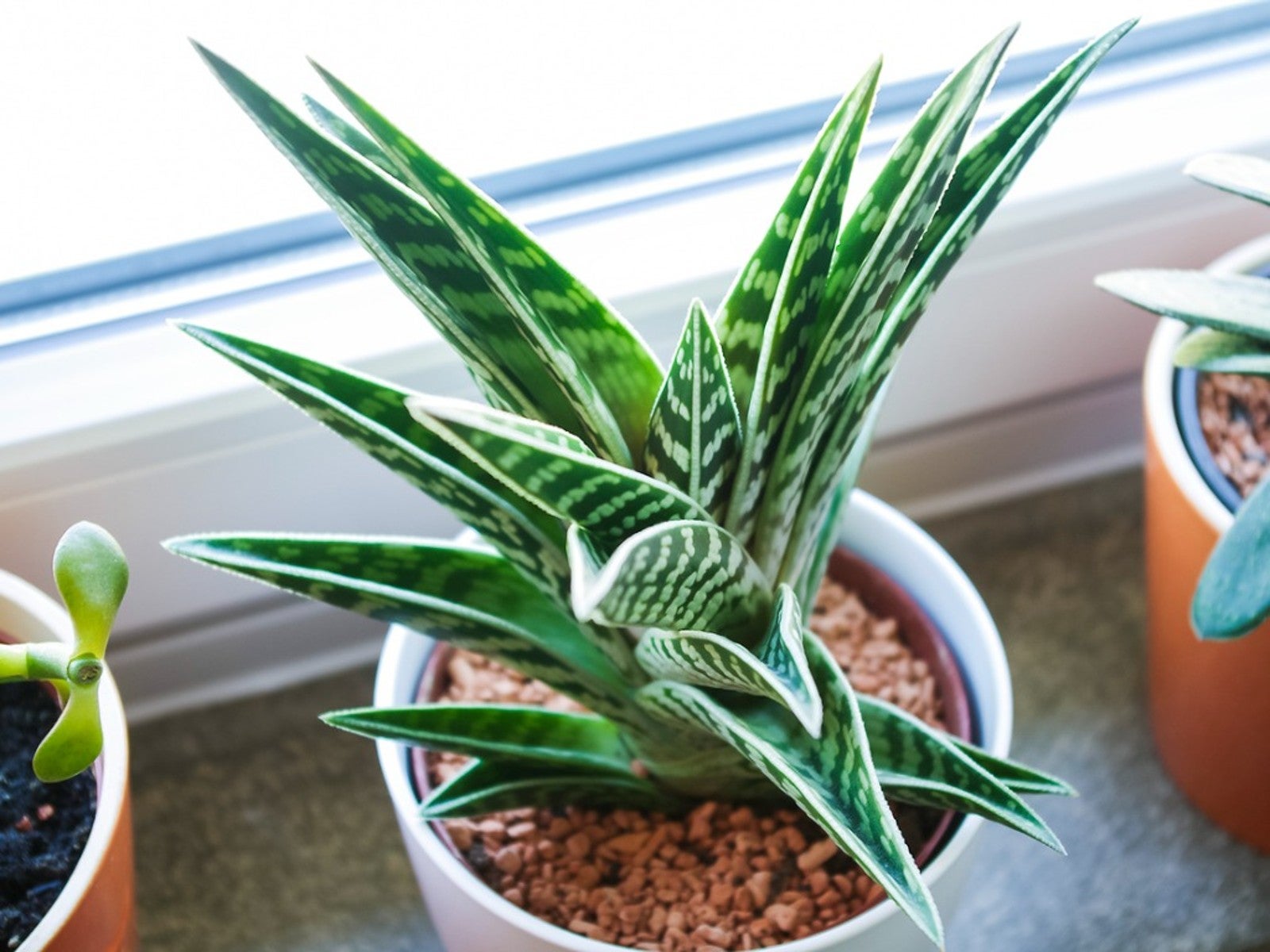 Variegated Succulents To Add To Your Plant Collection
Variegated Succulents To Add To Your Plant CollectionRead about some of the pretty variegated species that add beauty and interest to your succulent collection.
By Becca Badgett
-
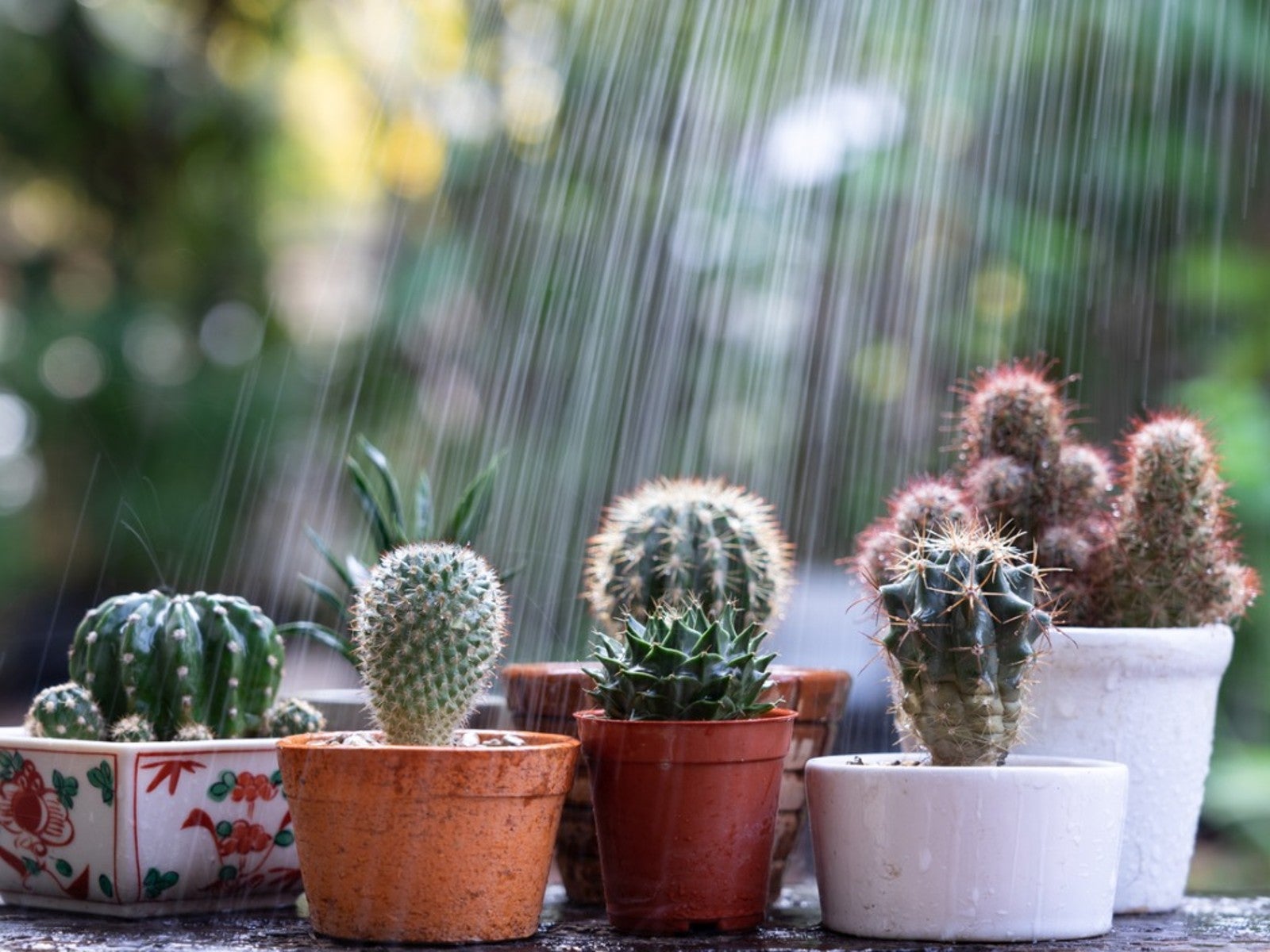 How To Protect Succulents And Cacti From Rain
How To Protect Succulents And Cacti From RainRain has the potential to cause damage to our cacti and succulents. However, when planted in proper soil, rainfall may perform as just a deep watering. Read on for more.
By Becca Badgett
-
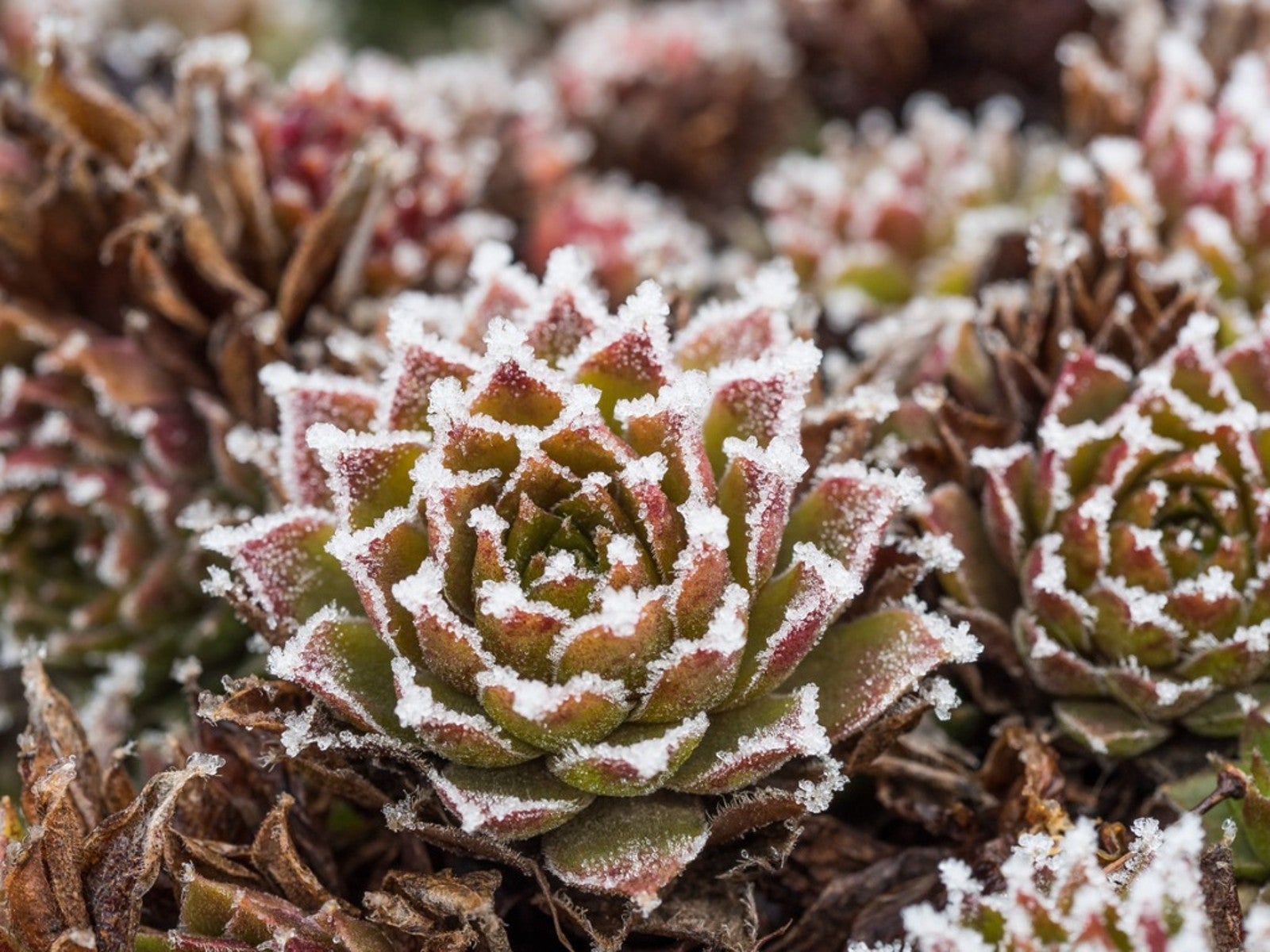 Succulents and Frost: How To Save A Succulent From Frost Or Freeze
Succulents and Frost: How To Save A Succulent From Frost Or FreezeCan succulents withstand cold? Succulents and frost don't traditionally go together and can result in damage, but you may be able to save frozen succulents.
By Bonnie L. Grant
-
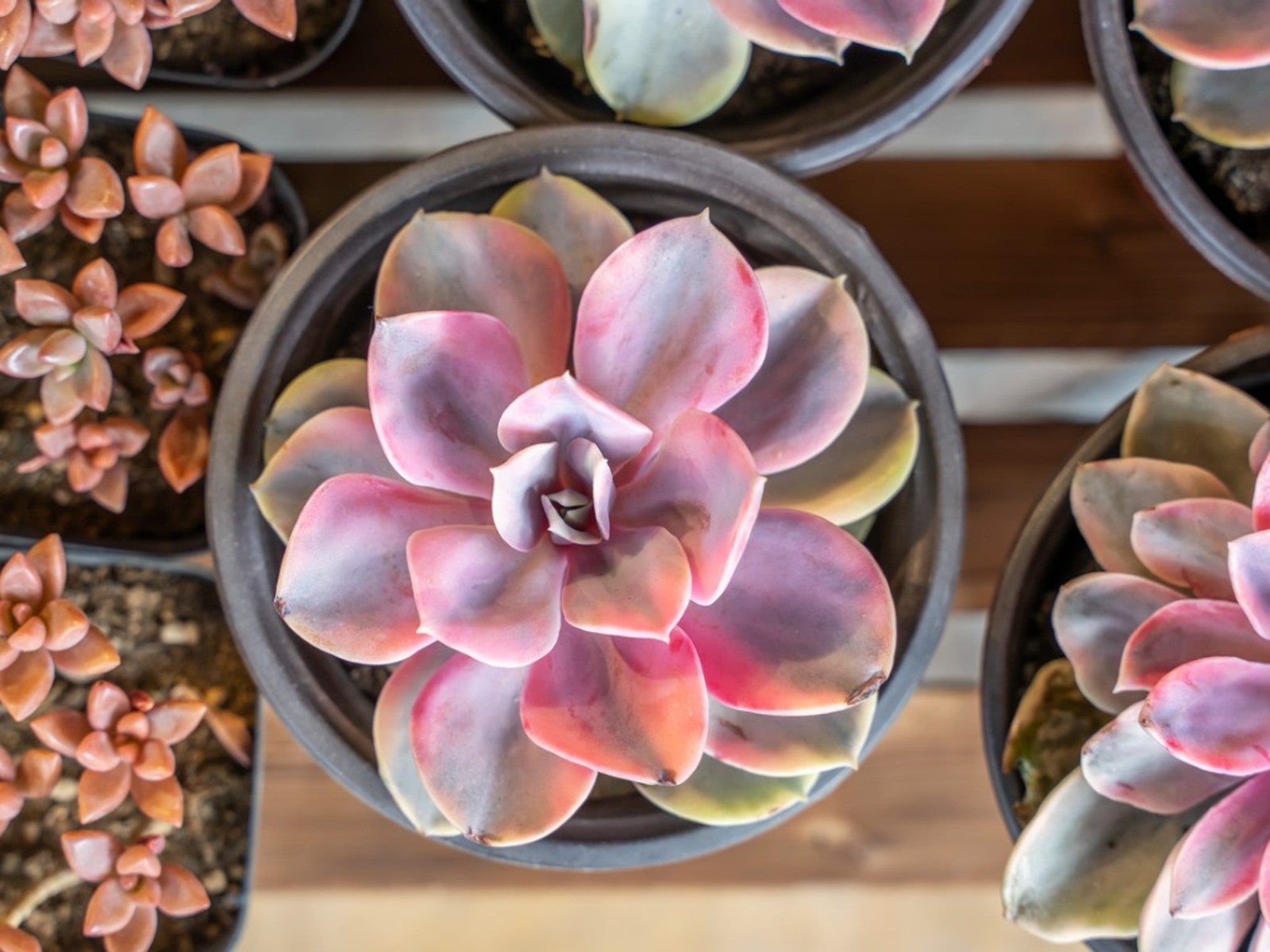 Pink Succulents Varieties To Try: How To Grow Perfect Pink Succulent Plants
Pink Succulents Varieties To Try: How To Grow Perfect Pink Succulent PlantsPink succulents may display the color on leaf edges or with streaks or blotches mingled throughout the foliage. Here are our favorites.
By Becca Badgett
-
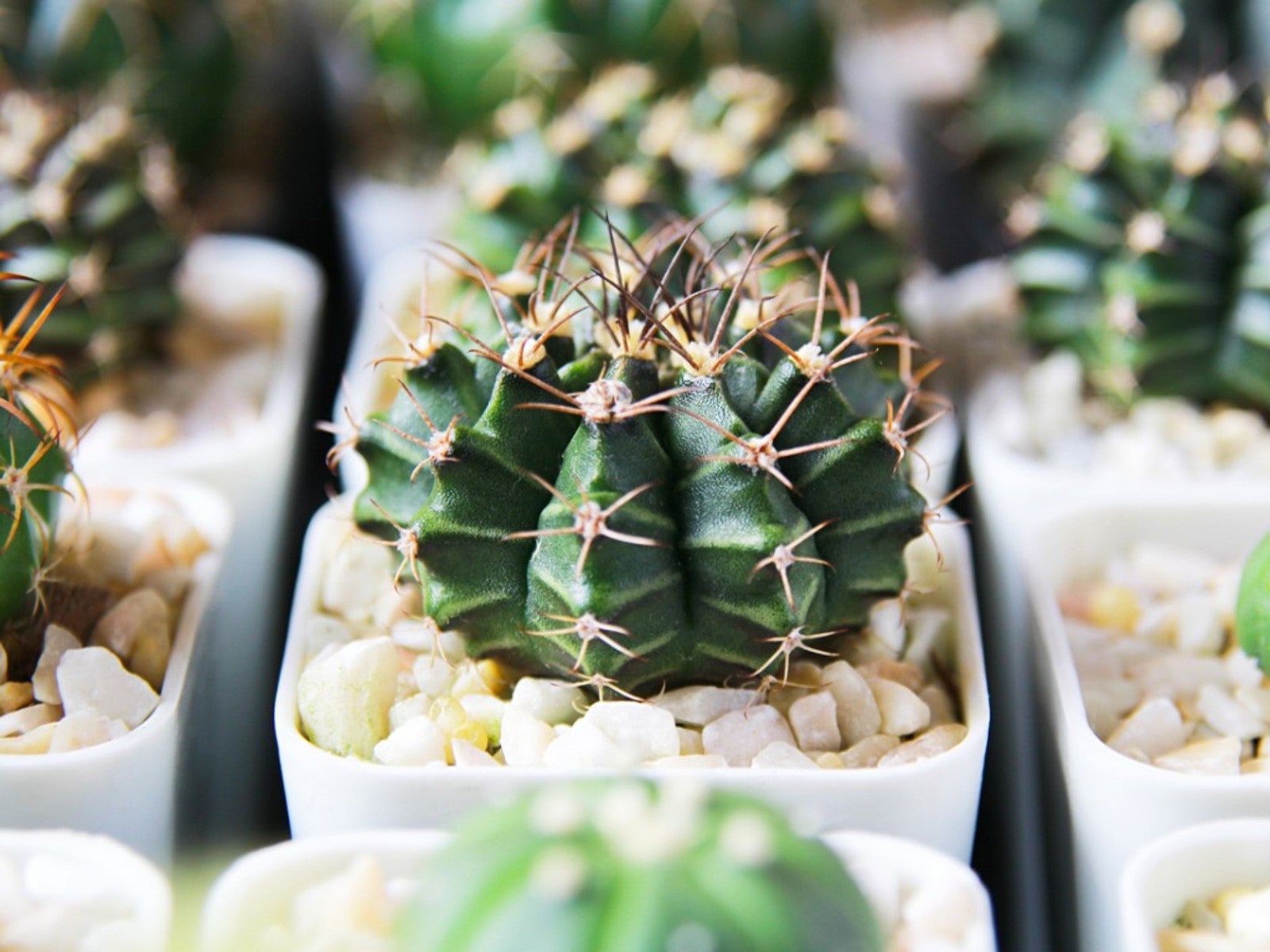 10 No Fuss Cacti - What’s The Best Low Maintenance Cactus
10 No Fuss Cacti - What’s The Best Low Maintenance CactusIf you’re thinking of adding plants to your collection, consider no fuss cacti. Click here for an easy cacti list, even for beginners.
By Becca Badgett
-
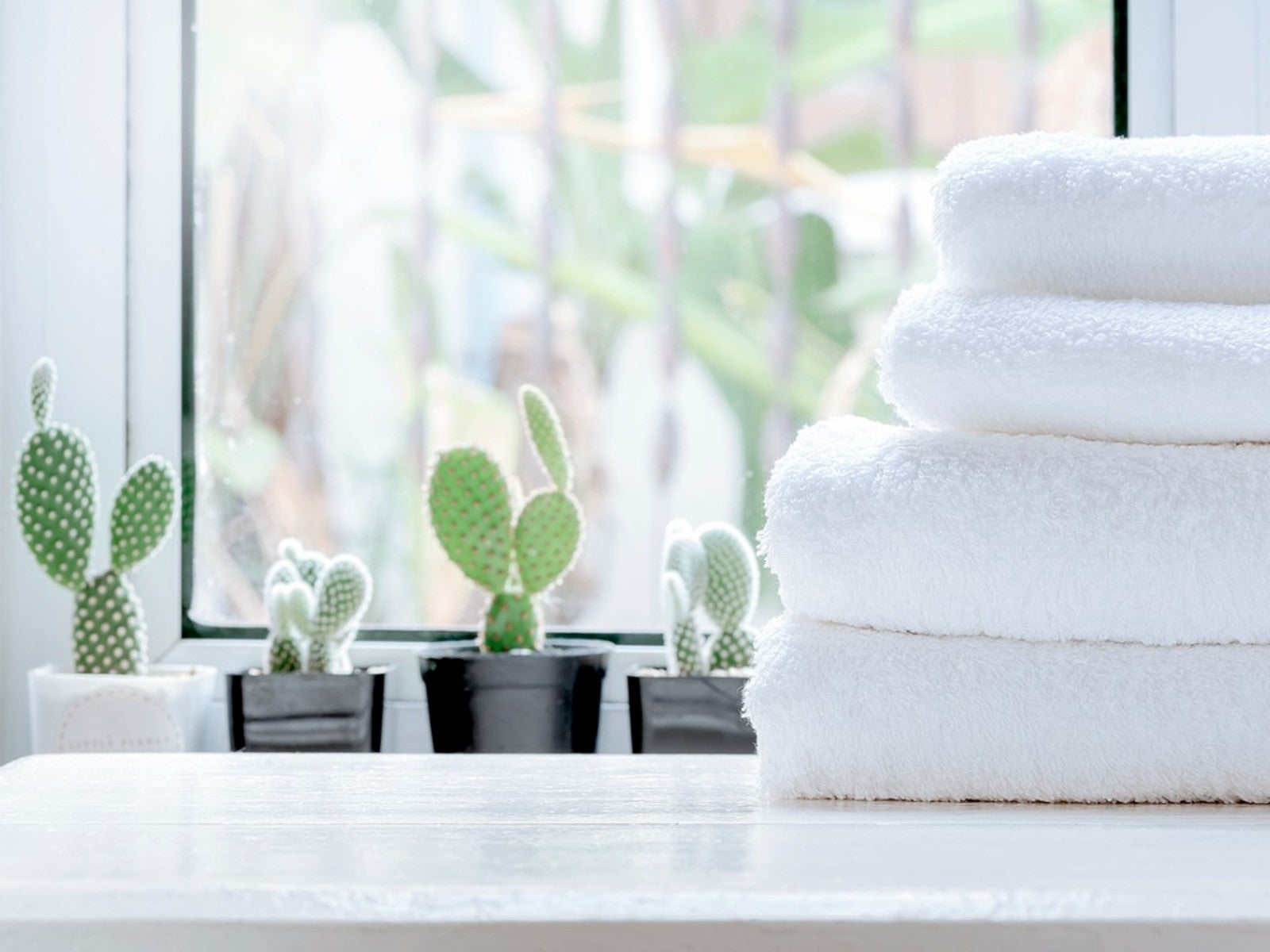 5 Best Succulents For A Bathroom
5 Best Succulents For A BathroomSome succulents can be great options for bathroom decoration. Read on for our top five bathroom succulent ideas.
By Becca Badgett
-
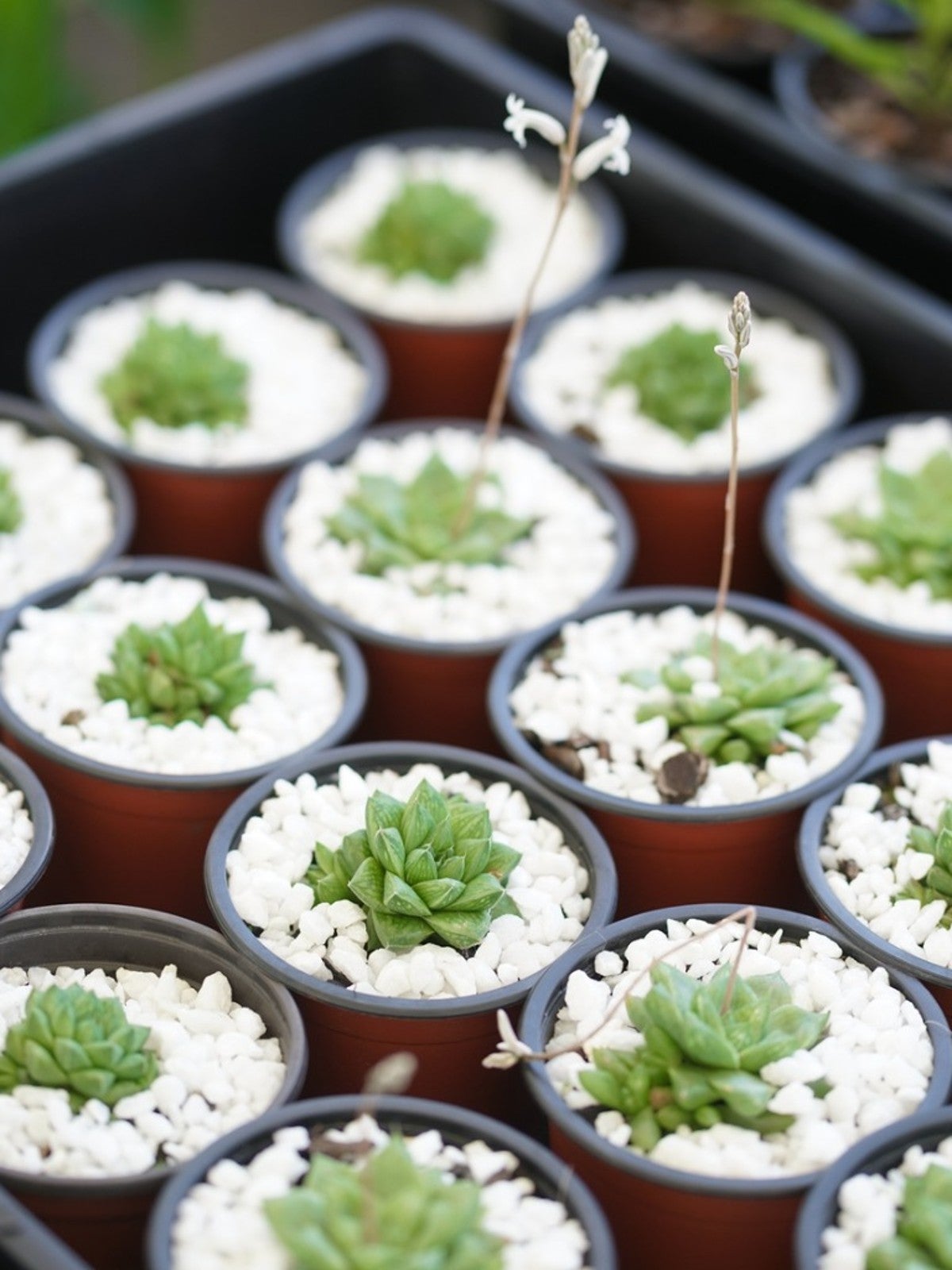 What Is A Succulent Starter Kit - Best Succulent Starter Kits
What Is A Succulent Starter Kit - Best Succulent Starter KitsWhile garden kits are not the most inexpensive option for growing succulents, they do include everything you’ll need. Grow succulents from seed by using a succulent seed starter kit to learn the process and to check your results.
By Becca Badgett
-
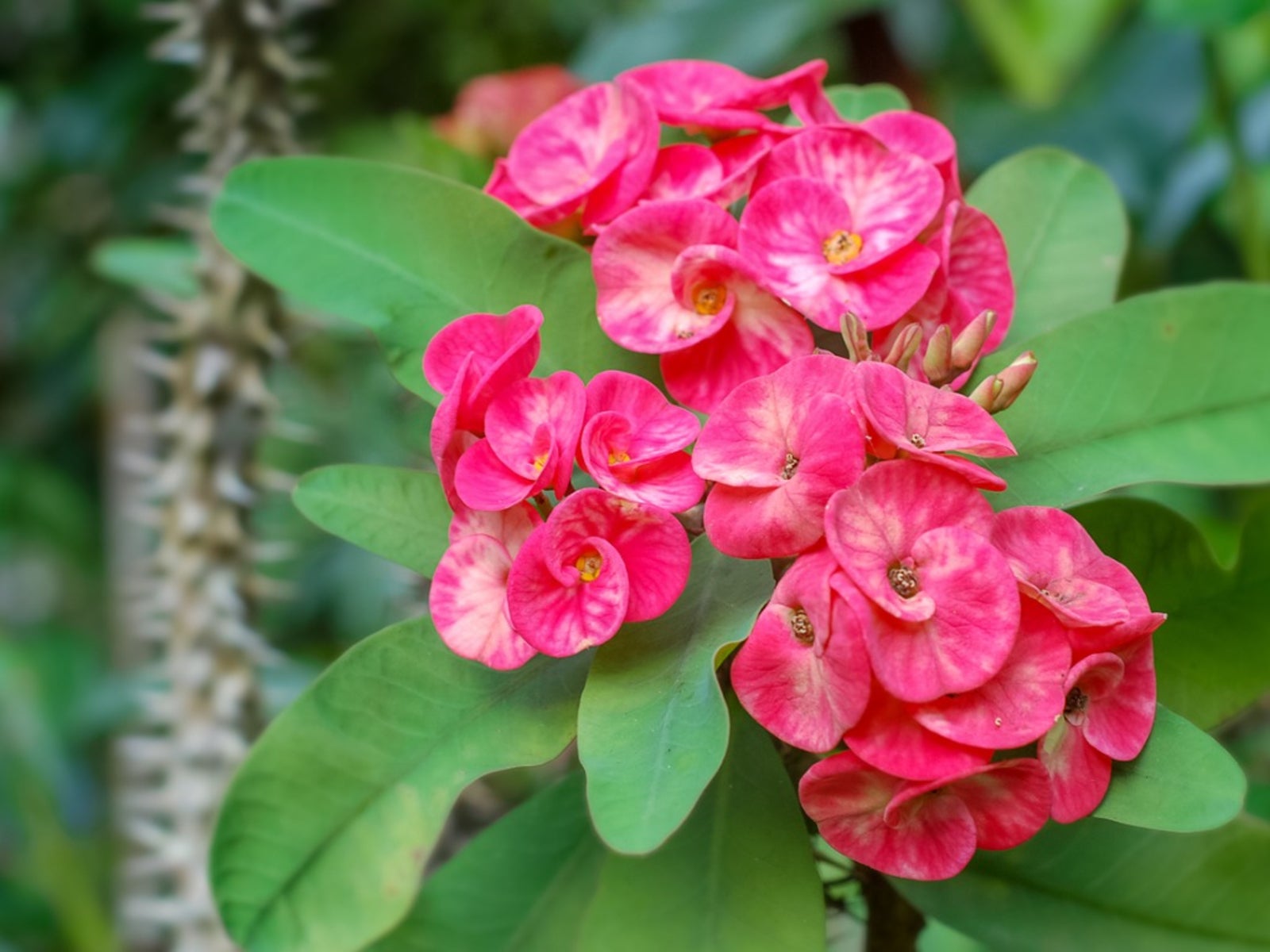 Dazzling Succulents - Succulents With Striking Flowers
Dazzling Succulents - Succulents With Striking FlowersWhen you think of succulents you may just envision their unique leaves and stems. But succulents also produce bright and bold flowers in the right conditions. Read on to learn more.
By Bonnie L. Grant